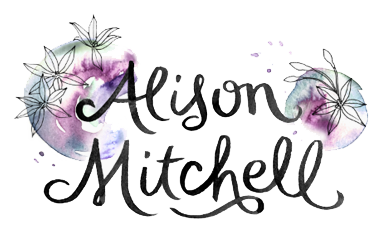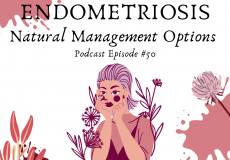Why You Should Choose Chemical-Free Products For You & Your Baby
It may alarm you to realise that in countries such as Australia and America there are very limited regulations on the safety of which chemicals* are used in household and beauty products, and that this lack of protection can have a significant impact on not only your health, but also your babies and even your grand babies.
Chemicals that we are exposed to can be pass through our to offspring, and can even cross generations. This can unfortunately have a mutli-generational effect on health and fertility. Fertility rates are declining through generations and while there are many factors responsible for this, chemical exposure that passes through to our babies and affects their fertility and their children’s fertility is something that we need to become educated about and take responsibility for.
In a article I have written for Casa de Karma I discuss the benefits of reducing and removing chemical exposure from your diet and lifestyle, for both yourself and for your children. You can read a preview below, or click the link to read the full article which also discusses the relationship between chemicals and genetics, which chemicals to watch out for, the effect of chemicals of sperm health and some ways to reduce chemical exposure.
Read the full article here: http://casadekarma.com.au/why-choose-chemical-free-products-mum-baby/

Chemicals found in newborns
A study by the Environmental Working Group in 2005 examined the umbilical cord blood of 10 newborn babies and found a total of 287 chemicals, with an average of 200 chemicals present per baby. 28 of these were waste byproducts such as Formaldehyde, PCBs, Mercury, Petroleum and Dioxin 1, 4. 47 of these were consumer products such as Bisphenol A, Dioxins, Pthalates, Triclosan, Brominated Flame retardants, Pesticides and Preservatives. Of these, 212 chemicals and pesticides had actually been banned or restricted in use 30+ years ago, giving us a scary insight into how chemicals can be stored in our bodies and be passed onto our offspring despite not having current exposure to them.
Other studies have shown that many of these chemicals were passed down the line from the grandmothers generation, however the chemicals were present in higher amounts in the children, suggesting that they are transferred across the placenta and breastmilk.
A precautionary approach
What does this mean? One of the lessons I take from this information is that chemicals which are currently viewed as safe but are not inert, are still best to avoid, as many of the harmful chemicals detected in this test were at one stage viewed as safe.
In Australia, the approach to chemical regulation is different to countries more progressive in this area – an absolute evidence of harm is required before a chemical is removed by use in Australia, compared to the EU where a more precautionary principle is in place – they believe that “When human activities may lead to morally unacceptable harm that is scientifically plausible but uncertain, action shall be taken to avoid or diminish that harm.”
In order to navigate this lack of protection we must take more responsibility ourselves.
Penelope Jagessar said in her Ted Talk: The Toxic Baby “It is only a parent’s awareness that stands between chemicals and our children”…
You can read the rest of the article here: http://casadekarma.com.au/why-choose-chemical-free-products-mum-baby/
*I would like to address the often presented argument that “everything is a chemical”. I agree that this is very close to the truth (with the exception of sound and light which is actually matter). However, in this article I am using the term chemicals for the sake of convenience, and actually referring to toxic and Endocrine Disrupting Chemicals, substances which are known or suspected to be capable of interfering with hormone receptors, hormone synthesis or hormone conversion which are in commercial use and have been proven or suspected of contributing to disease and dysfunction in humans, and chemicals which have shown to cause damage in ways such as mitochondrial dysfunction, neurodevelopmental toxicity, immune toxicity, oxidative stress and various levels of inflammation.











Pingback: Mastitis - How Naturopathy and Physiotherapy can help with Prevention and Treatment • Alison Mitchell Naturopath | Alison Mitchell Naturopath
Pingback: Reducing Chemicals to Protect Future Generations • Alison Mitchell Naturopath | Alison Mitchell Naturopath